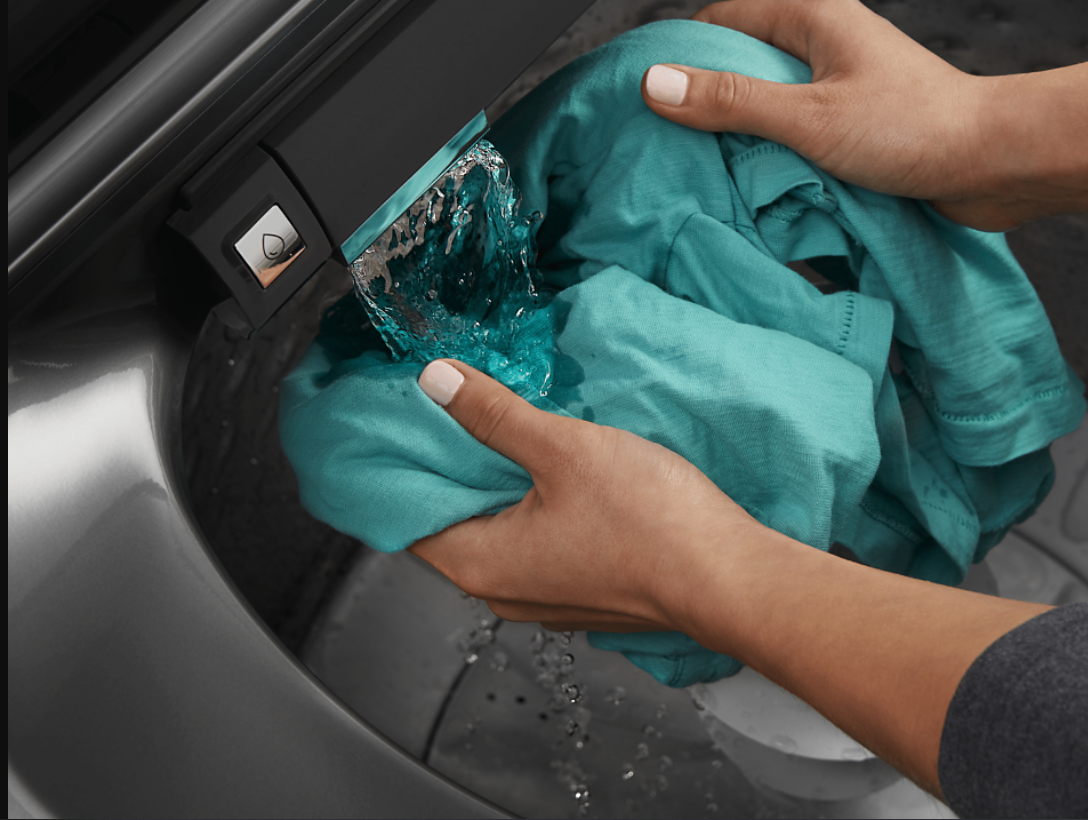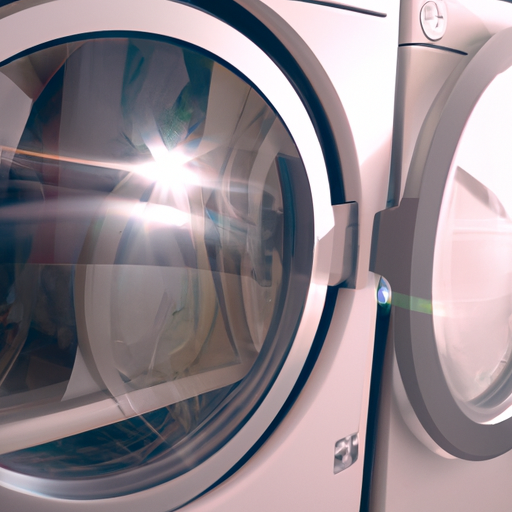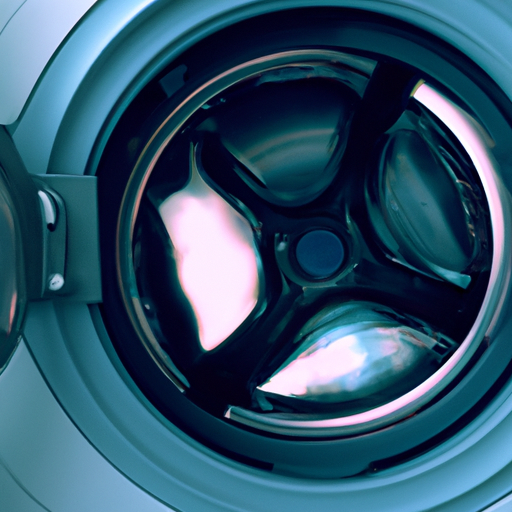by Daniel Anderson – May 01, 2023
In this guide, we will explore some factors to consider when selecting the best Microphone for Streaming, Podcasting, and Gaming.

IN THIS ARTICLE
OVERVIEW
Choosing the right best microphone for streaming, podcasting, or gaming setup can make a huge difference in the quality of your content.
With so many options available, it can be overwhelming to decide which microphone is best for your needs. Here’s a guide to help you make an informed decision.

The best microphone overall: Blue Yeti
The best microphone Vocal Dynamic: Shure SM7B (XLR)
The best microphone for recording interviews or podcasts is: AKG Pro Audio C414
The best microphone for reducing background noise is: Electro-Voice RE20
BUYING GUIDE
1. Dynamic vs. Condenser Microphones
Dynamic and condenser microphones are the two most common types of microphones used for streaming, podcasting, and gaming.
Dynamic microphones are rugged and durable, making them ideal for live performances and gaming.

They’re also good at picking up sound from a specific direction, which makes them great for reducing background noise.
Shure SM7B
Electro-Voice RE20
Audio-Technica BP40
Condenser microphones are more sensitive and require phantom power to operate. They’re better at capturing nuanced sounds and are often used in studio settings.
They tend to pick up more background noise, so they may not be the best choice for noisy environments.
2. USB vs. XLR Microphones
When it comes to connectivity, you have two options: USB and XLR. USB microphones are easy to set up and use, as they plug directly into your computer’s USB port. They’re a great choice for beginners or those on a budget. However, they may not offer the same level of sound quality as XLR microphones.

XLR microphones require an audio interface or mixer to connect to your computer. They offer higher sound quality and more flexibility in terms of customization. They’re a great choice for professional streamers, podcasters, and gamers who need the best sound quality possible.
USB Microphones:
Blue Snowball iCE
Fifine K669B
XLR Microphones:
Audio-Technica AT2020
Shure SM58
Behringer XM8500
3. Polar Pattern
The polar pattern of a microphone refers to its sensitivity to sound from different directions. The most common polar patterns are cardioid, omnidirectional, and bidirectional.
Cardioid microphones are the most common choice for streaming, podcasting, and gaming. They pick up sound from the front of the microphone while reducing sound from the sides and rear. This makes them great for reducing background noise and focusing on your voice.
Audio-Technica AT2035
Rode NT1-A
Blue Yeti
Omnidirectional microphones pick up sound from all directions equally. They’re great for recording ambient sounds or multiple people speaking at once.
Bidirectional microphones pick up sound from the front and rear of the microphone while reducing sound from the sides. They’re great for recording interviews or podcasts with two people sitting across from each other.
AKG Pro Audio C414
Shure KSM44A/SL
4. Budget
Microphones come in a wide range of prices, from less than $50 to thousands of dollars. Consider your budget and what features are most important to you. If you’re just starting out, a budget-friendly USB microphone may be the best choice. If you’re a professional streamer or podcaster, investing in a high-quality XLR microphone may be worth the cost.
Some popular microphones for streaming, podcasting, and gaming include:
Blue Yeti (USB)
Audio-Technica AT2020 (USB)
Shure SM7B (XLR)
TOP CHOICES
Here are some streaming camera recommendations to get you started:
1. Blue Yeti
Blue Yeti: This USB microphone is a popular choice for its versatility and ease of use. It has a variety of polar patterns to choose from, including cardioid, bidirectional, omnidirectional, and stereo. The Blue Yeti is perfect for streaming, podcasting, and gaming, and it’s also great for recording music or voiceovers.
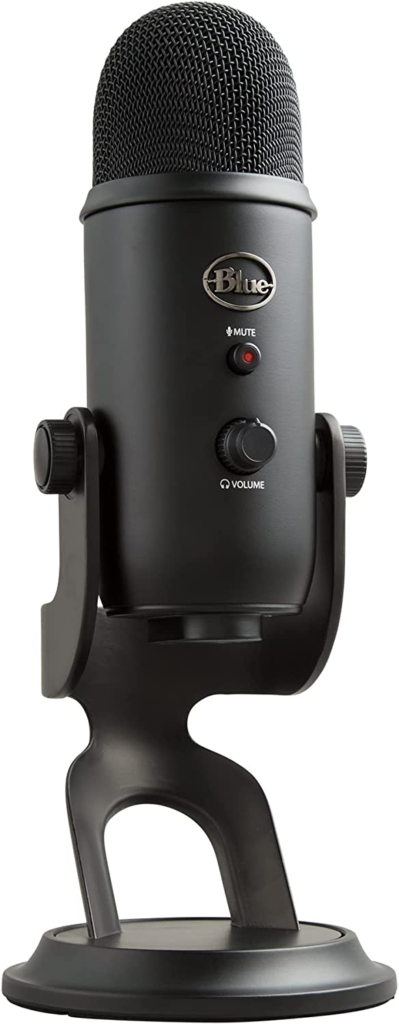
2. Audio-Technica AT2035
Audio-Technica AT2035: This condenser microphone is an affordable option for those looking for high-quality sound. It has a cardioid polar pattern and a switchable 80 Hz high-pass filter that reduces low-frequency rumble. The AT2035 is a great choice for streaming, podcasting, and recording vocals.
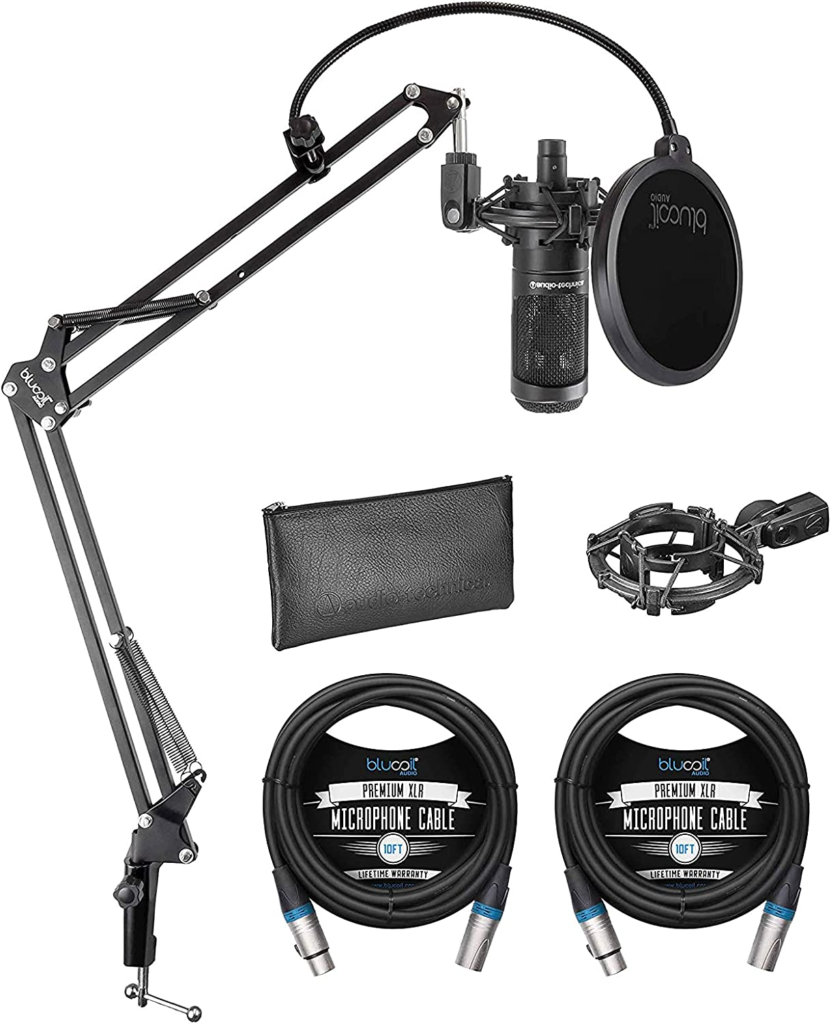
3. Shure SM7B
Shure SM7B: This dynamic microphone is a popular choice among podcasters and broadcasters for its warm, smooth sound. It has a cardioid polar pattern and a built-in pop filter that reduces plosives and other unwanted sounds. The SM7B is also great for recording vocals, instruments, and voiceovers.
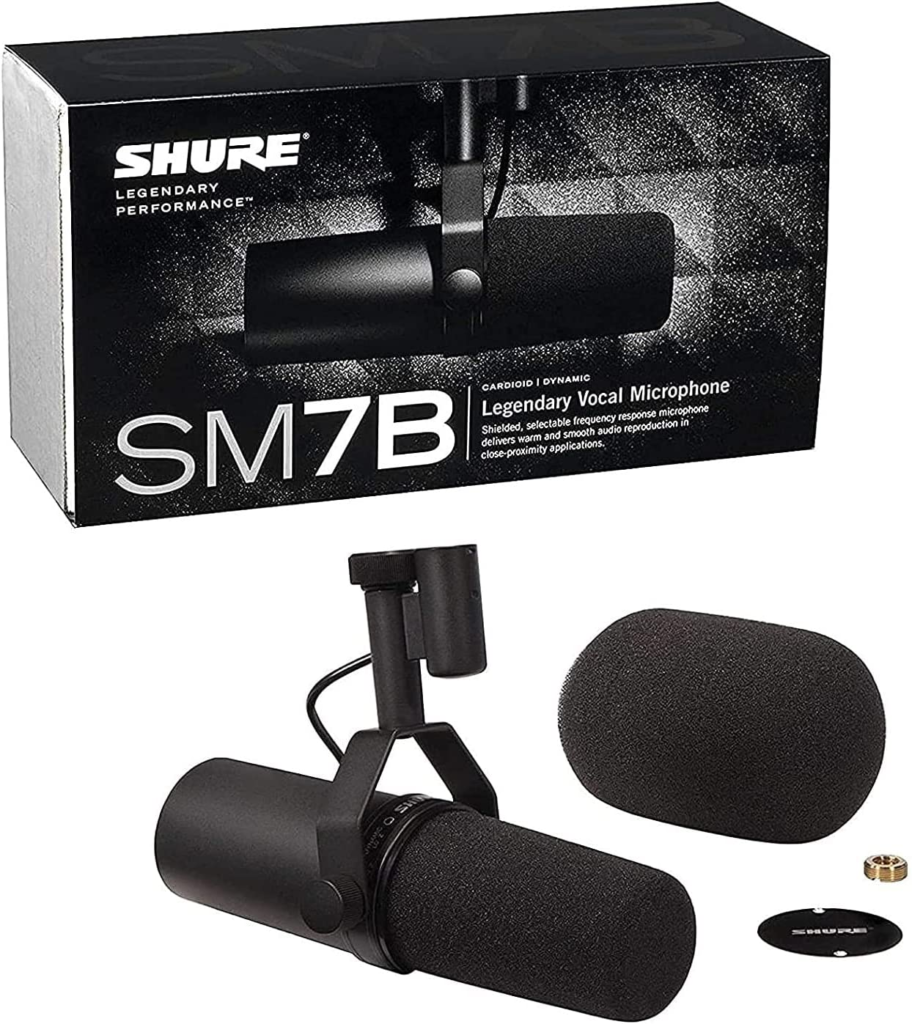
4. Rode Procaster
Rode Procaster: This dynamic microphone has a cardioid polar pattern and is perfect for broadcasting, podcasting, and voiceovers. It has a high-output dynamic capsule and a balanced frequency response that captures clear, natural sound. The Procaster also has a built-in pop filter that reduces plosives and other unwanted sounds.

COMPARE PRODUCTS
No products found.
FAQs
What type of microphone should I use for streaming, podcasting, or gaming?
It depends on your specific needs and preferences.
For example, condenser microphones are often preferred for studio settings where sound quality is a top priority, while dynamic microphones are great for live performances or noisy environments.
Cardioid polar patterns are often preferred for streaming, podcasting, and gaming, but omnidirectional and bidirectional patterns can also be useful depending on the situation.
What’s the difference between USB and XLR microphones?
USB microphones are easy to set up and use, and they connect directly to your computer’s USB port.
XLR microphones require an audio interface or mixer to connect to your computer, but they generally provide higher sound quality and more flexibility in terms of polar patterns and other settings.
How important is a pop filter or windscreen?
Pop filters and windscreens are important for reducing plosives (such as “p” and “b” sounds) and other unwanted sounds that can be picked up by your microphone.
They can also help protect your microphone from saliva and other moisture that can cause damage over time.
CONCLUSION
when choosing a microphone for streaming, podcasting, or gaming, consider the microphone type, connectivity, polar pattern, and budget.

Take the time to research different options and read reviews before making a final decision. Remember that the right microphone can make a huge difference in the quality of your content.
WRITTEN BY

Is an avid tech enthusiast and enjoys keeping up with the latest trends in the industry. I also enjoy tinkering with electronics and programming microcontrollers in my free time.
— Daniel Anderson
Top Picks


